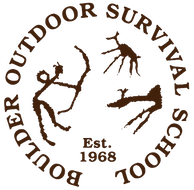ANIMAL PROCESSING
Animal Processing
Many elements on a BOSS Field Course are designed to test your limits and give you new insights into yourself, the environment and your place in the world. The curriculum on 28-day and 14-day Field Courses includes a lesson on large game processing. We are calling your attention to this because it is important that you understand the realities of this phase and the philosophies that support it.
We have decided to use the question and answer format since it offers any easy way to deliver a lot of information in manageable blocks. Please contact us if you have questions or concerns not addressed here.
Q. Why is this important for survival?
A. Modern Western civilization often takes for granted that food is readily available. In a traditional wilderness environment, the only food available was gathered, traded, grown, or hunted.
At BOSS, we teach large game processing with animals that are raised on a local farm and brought into the field. This is typically a sheep, although we have used goats and rabbits on occasion. We have taught this same lesson on our courses since 1968 and we continue to do so because learning how traditional cultures carried out responsible animal processing in order to survive supports several of our core philosophies.
Q. Why not use photos or textbooks? Why not have someone talk about how it’s done without actually killing an animal?
A. In just two generations, our society has forgotten a great deal about where things come from and how they are processed. People no longer know for themselves where the meat in the grocery store comes from, where it was grown, or how it was processed.
BOSS exists to teach people the skills of traditional cultures and to allow you to reconnect with wilderness and the human experience. This cannot be done through a book: true learning comes from personal experience. With something as significant as providing food for yourself, the best method of education is hands-on. If we felt a book, slideshow or lecture would effectively communicate this experience, we would make that our method. We do not take this process lightly.
Q. Why not use a wild animal? Wouldn’t a deer or an elk be more appropriate? One doesn’t find sheep wandering out in the wilderness.
A. Elk and deer do live in our course area. However, hunting wild animals requires permits and is only legal during a fixed hunting season. Hunting a wild animal also can take a great deal of time, requires skills we don’t have time to teach, and successfully harvesting an animal is never guaranteed.
Although we would love to work with wild animals for our courses, we believe we can offer a far better educational experience by purchasing a sheep locally.
(And as a side-note, sheep do live in the wild, and Bighorn sheep are hunted throughout Central and North America.)
Q. What kind of conditions are the animals raised in?
A. The animals are raised by a local family on organic pasture here in Boulder. The animals are well-tended and well-fed. They spend their days in the pasture and their nights in a barn. This particular farm has won several competitions for the quality of their livestock and we are proud to support their operation.
When it comes time to transport the animals, we personally pick the animal up and transport it to the field as close as possible to this phase of the course. It is given food, water, and shade up to the time it is presented to the students.
Q. Then what happens?
A. The killing of an animal can be an overwhelming experience for people who have never hunted, lived on a farm, or otherwise experienced the process. Instructors begin by explaining the philosophy and process to students in depth. The animal is then brought into the group and the students are given time to prepare. Any student who does not want to participate can leave and return afterwards. No one is forced to participate in the process, although many vegetarians and vegans specifically choose to be involved in this phase since it gives them a chance to be connected to the animal.
Once the students are ready and the animal has been properly respected, several students hold the animal against the ground while one student cuts its throat quickly with a very sharp knife.
Q. You kill the sheep by cutting its throat?
A. Yes. Extensive studies by the meat-processing industry have shown that the quickest and cleanest method of death is a fast cut across the carotid arteries and jugular veins. Brain death results in just 17 seconds, which is far faster than the death that comes from a gunshot or being killed by a wild animal. There is a reason why this same technique has been used around the world by farmers, hunters, religious groups, and nomadic tribes people who want to minimize suffering.
Q. Is this humane?
A. This technique is legally approved as a “Humane Slaughter” under US Code title 7, chapter 48, section 1902 regarding livestock management:
“No method of slaughtering or handling in connection with slaughtering shall be deemed to comply with the public policy of the United States unless it is humane. Either of the following two methods of slaughtering and handling are hereby found to be humane:
Method 2 – by slaughtering whereby the animal suffers loss of consciousness by anemia of the brain caused by the simultaneous and instantaneous severance of the carotid arteries with a sharp instrument and handling in connection with such slaughtering.”
This Code is endorsed by many animal rights groups and activist organizations, including PETA (People for the Ethical Treatment of Animals).
Q. I’ve heard it can take a lot longer for the animal to stop moving than 17 seconds, is that true?
A. There is a difference between brain death (the end of life and sense of feeling) and the latent response of the central nervous system. The brain of the sheep dies just seconds after the incision is made, while other muscles in the body may contract for a few minutes after death.
Q. What if the incision is made poorly, or the knife isn’t sharp enough?
A. The knife is always sharp, tested for sharpness by the head instructor just before the cutting. The student who makes the cut is given very clear instructions by the supervising instructor with them. But it is possible that the sheep could move its head at the last second so the cut doesn’t completely sever both arteries at once. Therefore, the instructor has a second freshly sharpened knife ready and they will always ensure the cut is done correctly. Even if the student does a perfect job, the instructor always performs a second cut just to make sure there is no additional suffering by the animal.
Q. What do you do with the sheep once it’s dead?
A. The lesson of taking an animal’s life is a powerful one, but it is only the beginning. The students then learn about animal processing. For the next few days, the group’s only food will be this animal and the items that are cooked with it.
Much of this phase is best covered by the staff in the field, but you should know that every part of the animal possible is consumed or used by the group.
The meat and other edible parts of the animal are boiled, steamed, grilled, smoked, and/or dried — each method showing the students a different preparation technique. Even the animal’s hide, bones, and hooves are used to make tools for the group.
Q. What do students who have done this think about it?
A. We recommend you read the BOSS alumni comments on this process for a better sense of what this phase of our courses has meant to past students.
Q. What if I don’t want to participate?
A. Participation in the animal processing phase of the BOSS course is purely voluntary. No one must participate if they do not want to.
World-class outdoor survival training
World-class outdoor survival training does come with risk, but at BOSS Survival School we reduce that risk with extensive training and practice, world-class instruction, clear communication and by having Wilderness First Responders on hand. We also have more than 50 years roaming this landscape, giving us the experience and detailed knowledge necessary to delve deep into the heart of this remote and beautiful desert.

